The wearable tech market is booming right now. We're all low-key obsessed with our stats, and good luck finding a friend who isn't wearing a tracking watch/Whoop device/insert eye-wateringly expensive tech jewellery brand here.
And the ultimate It wearable over the past year has to be the ŌURA ring. Once the preserve of celebrities (Gwyneth, Jen An, Kim K and Prince Harry have all been seen sporting the bands), the brand finally launched in the UK last year and, spoiler alert, I've been a devotee ever since.
Unlike more traditional fitness watches, the beauty of the ŌURA is that you can't see the stats until you log in to the app on your phone, which not only stops you getting distracted by notifications every five seconds, but it also means you don't have to choose between your watch and your tech.
As for functionality, the ring does a crazy amount given how sleek and inconspicuous it is. In a nutshell, the device will monitor your heart rate, heart rate variability (HRV), breathing rate, activity and temperature throughout the day (and night), enabling it to create a full picture of your health and wellbeing, resulting in a daily readiness, sleep and activity score every morning. More on this below, so keep scrolling.
I'll be honest with you: despite a brief flirtation with a sports watch, I've never really been that into my stats, finding they caused me more stress, anxiety and guilt than blissful ignorance did. However, my ŌURA ring never leaves my hand. Full disclosure: I wear it more than my wedding rings (just don't tell my husband) and, other than a brief interlude when it slipped off my finger while out shopping, I'm only ever without it when it's charging. Which it does quickly and efficiently, by the way.
Keen to read more about the best fitness trackers on the market? Check out our guides to the viral Whoop fitness tracker, the Lumen metabolism tracker, and the Rise sleep app, here. Plus, you might be interested in how one MC UK health writer got on when she tried the Current Body Infrared PEMF mat, and don't miss my trial of the Higher Dose sauna blanket, too.
Even if you don't know much about them, the chances are the eagle-eyed among you may have spotted someone else sporting an ŌURA ring. Essentially a sleek and stylish ring, they look much like a standard wedding-type band, just thicker and with lights on the underside.
Here's the lowdown from the brand. "ŌURA Ring is a smart ring designed to help you better understand your body and take charge of your health, both day and night," a brand spokesperson tells MC UK. "With advanced sensors packed into a lightweight, comfortable design, the ring delivers personalised insights across sleep, activity, recovery, heart health, and stress."
The metrics are designed to give a full picture of your health and wellbeing, providing you with a readiness, sleep and activity score each morning. This is based on the insights listed above; so, if you haven't slept well, not only will your sleep score be low, but the chances are your readiness will be affected too.
In addition to these daily readings, the ring cleverly drills down into your long-term health outcomes too, as over time it calculates cardiovascular age, resilience and stress scores.
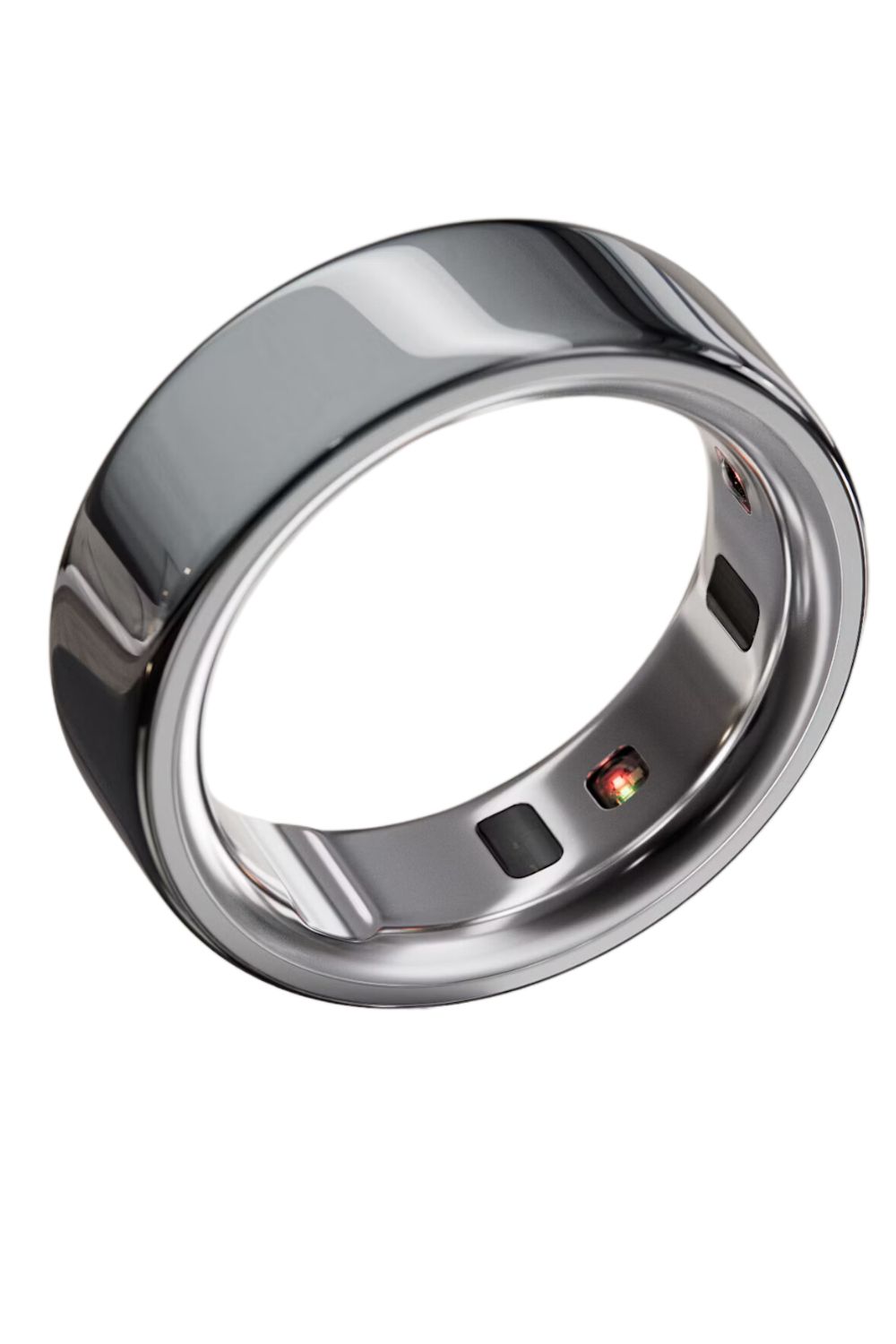
Specifications:
- Non-allergenic titanium on inner and outer ring surfaces
- Seamless titanium interior
- Water resistant up to 100m/328 ft
- Width: 7.90mm
- Thickness: 2.88mm (similar to a wedding band)
- Weight: 3.3 to 5.2 grams (depending on ring size)
- Up to 8 days of battery
There's no doubt that wearable tech has come on leaps and bounds in the last decade, with many of us owning at least one item that tracks our activity and health. According to survey data, more than 25% of UK adults now own a fitness tracker of some kind, and a recent study by researchers at The University of South Australia shows that not only are the devices popular, but they're effective too: trackers can help identify viruses (such as Covid 19) and atrial fibrillation.
And I'd say that the ŌURA ring is up there with the very best of them, for both functionality and style. But a simple fitness tracker, this isn't. Rather, it's designed to help us understand our personal health on a deeper level - no step counting, here.
One of the main pros (compared to a smart watch, for example) is the accuracy of the readings obtained. Worn ideally on an index finger, where the blood flow is closer to the surface, enables a clearer snapshot than other devices.
“Unlike wrist-based wearables, the ring allows for highly accurate readings by capturing signals directly from the finger - an area that allows for stronger, more stable signals than the wrist," the brand tells MC UK. In theory, this should make for more reliable data.
Additionally, the ring allows women to track their menstrual cycles, with features such as period prediction and cycle insights - really handy for planning ahead.
Research backs up the efficacy of the ring's sleep data, too, although it's worth noting that studies are currently limited.
As touched on above, you need to consider which finger to wear the device on; the brand recommends the index, middle or ring finger of your non-dominant hand.
Regarding fit, you can order a ring sizer before choosing your ring style (and I'd say definitely do this - my first one slipped off as it was slightly too large, a costly and annoying mistake!) to ensure a snug fit. Ideally, the ring will be a Goldilocks fit: neither too tight nor too loose, as both can affect sensor accuracy.
Last but not least: be patient and consistent with wear. It takes the ring at least a couple of weeks to get to know you, and your personalised insights will improve over time. In addition, key features like cardiovascular age and chronotype will take longer to calculate, so don't rush the process.
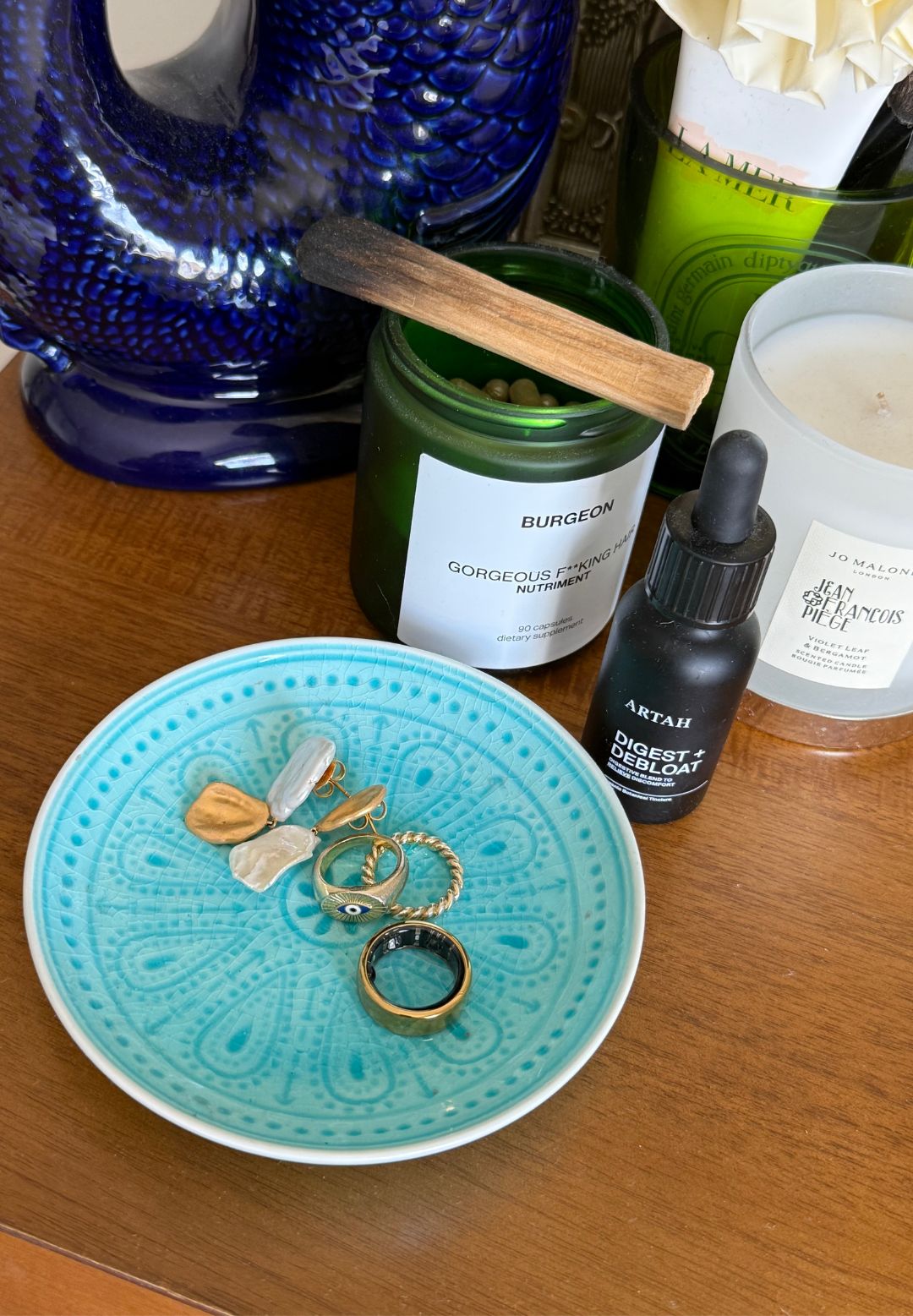
A shot of Anna's Oura fitness tracker ring on her dresser
(Image credit: Anna Bartter)
The brand advise the following tips when wearing your Oura ring:
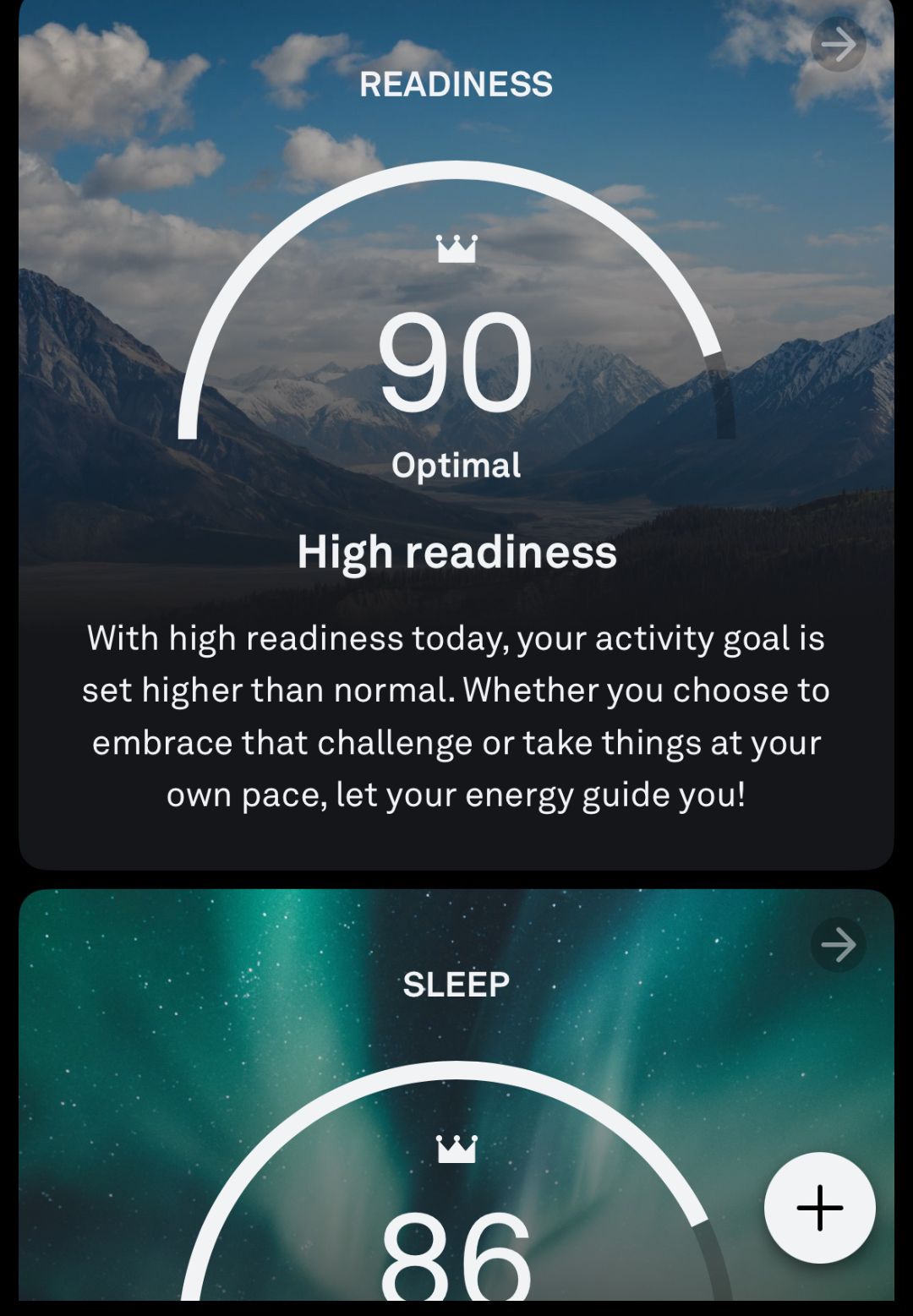
Some of the stats you get in app when using the Oura fitness tracker
(Image credit: Anna Bartter)
We had a few teething problems, the ring and I, but these are 100% down to user error: I've mentioned my inadvertent loss of my first ring above - but I should note, here, that there is a handy 'find my' type function on the app, which, had my battery been charged ( I know, I know), should have enabled me to track my device.
But we move, and the second time around, I ordered a size down, which turned out to be the perfect fit. It still took me a few weeks to get used to wearing the ring regularly - something that's vital, as you'll only get out in terms of data what you put in by wearing it.
As for not having the data at my literal fingertips, I'm a fan. With my old smart watch, it was easy to get bogged down in how many steps I'd done or how high my heart rate was while working out (handy if you're wanting to "zone" your training, however - and not a feature that the ŌURA currently offers). In contrast, I tend to log on to the app every morning and evening to peruse my vitals.
Interestingly, I've learnt a lot about my sleep in the last year. I'm often (read: always) exhausted in the morning, being much more of a night owl than a lark (something my ring confirms, a few months in), but I was surprised to note that actually, my sleep quality is generally pretty solid, and my resilience is also consistently good. So, rather than feeling stressed that I'm not sleeping enough, I know now that actually, my body can cope with an occasional later-than-ideal night, and that I'm perhaps not as sleep-poor as I thought, which has taken a not inconsiderable amount of stress off my shoulders.
On the days when I'm told that my resilience is lower, I do take note of the advice to go a little easier in my workouts, and I also really like the stress metrics: I'm not as stressed as I thought (or if I am, I'm coping well).
The menstrual cycle insights have been fascinating, too. While I have a Mirena coil, meaning my periods are fairly non-existent generally, in the past couple of years, I've started having more mini-bleeds (likely down to being peri-menopausal). Whereas in the past, these would have been a total surprise, now I can track my cycle - and am pretty proud of my bang-on 30-day regularity. It also makes planning for events and holidays simple, too!
In short, (and you may have already deduced this!) I'm a huge fan of the ŌURA. I love the fact that it gets to know you the more you wear it, meaning the more consistent you are, the more accurate your data gets - for example, it's worked out that I love Pilates, so it assumes that my higher movement mornings are likely because I'm at reformer - although hilariously, it definitely thinks I do way more housework than I actually do.
For those wondering if an ŌURA ring is worth the (not small) investment, I say: absolutely.
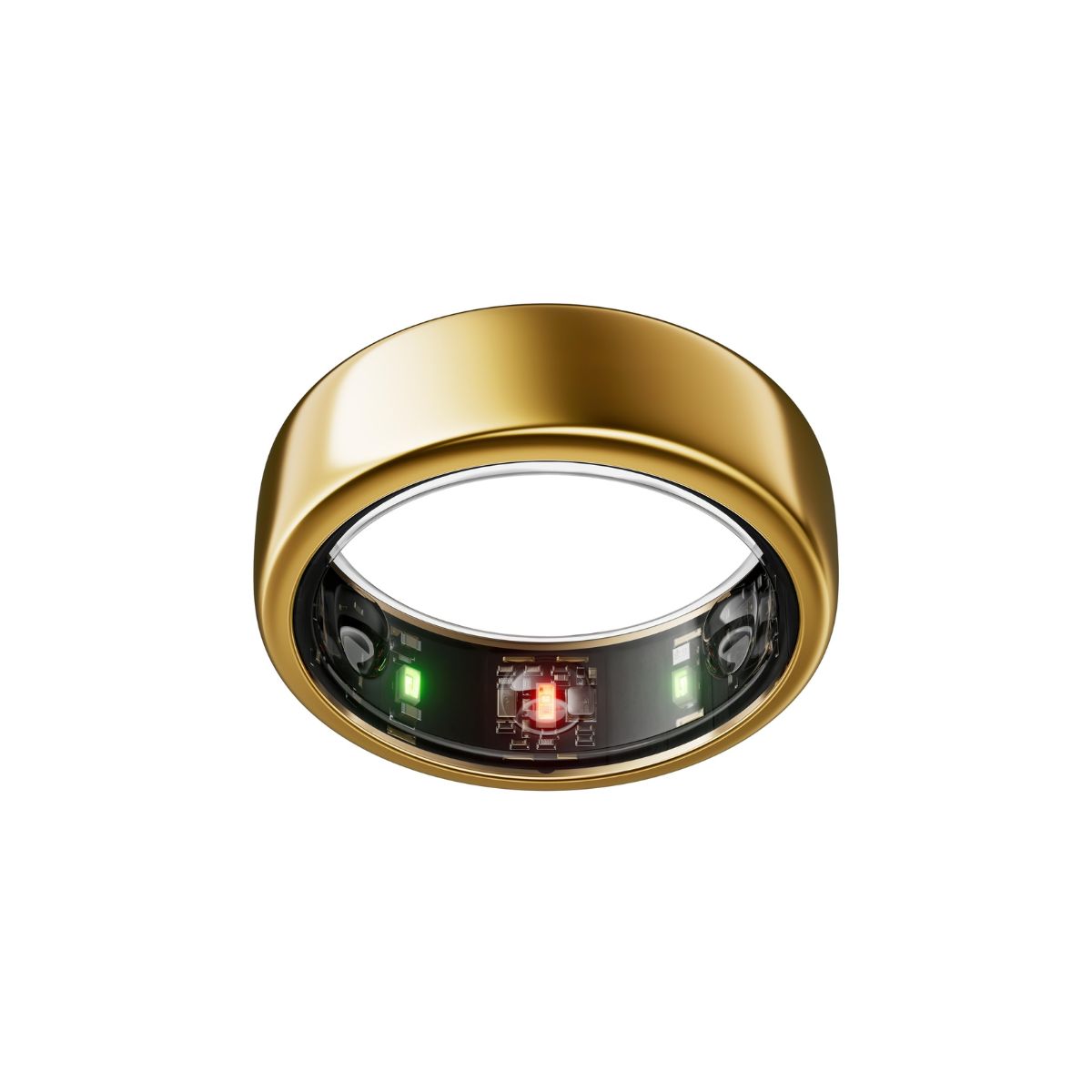
Senior Health Editor Ally Head also has the Oura ring and loves the gold colourway for matching with her daily jewellery. The design is the most subtle on the market, offering seamless tracking and a chic look for those wanting to track their fitness without a bulky and noticeable watch or heart rate monitor strap.
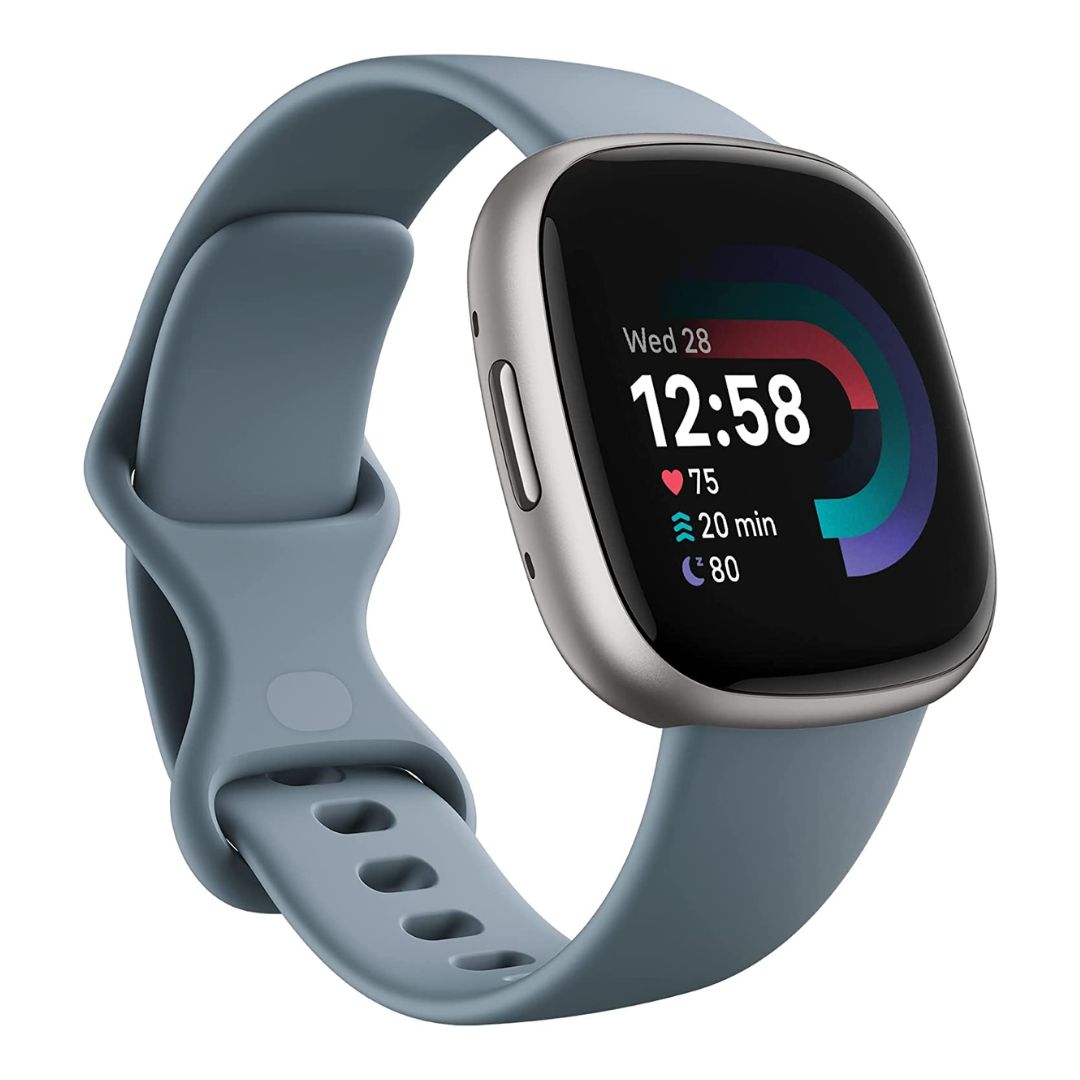
If you're after a more affordable and traditional fitness tracker, you can't go far wrong with a Fitbit, and Ally also rates the Fitbit Versa 4. An entry-level tracker, it's a good price point and doesn't look too garish on your wrist. "The Fitbit Versa 4 has been dubbed the most advanced smartwatch from the brand, so as a Health Editor, I was eager to test it out. I trialled my first Fitbit back in 2015 and trained for my first-ever marathon using one. While they’re certainly great at pulling health stats, they weren’t so great on accurate stats and battery life back in the day - which is why I was pleasantly surprised to find that the Versa 4’s stats were similar enough to my much-loved Garmin Forerunner, and the battery life lasted around four to five days.
It looks great, accurately records your health stats, and the battery lasts nearly a week. I'd buy if you exercise a few times a week and love tracking your workout classes and steps." - Ally Head, Senior Health Editor
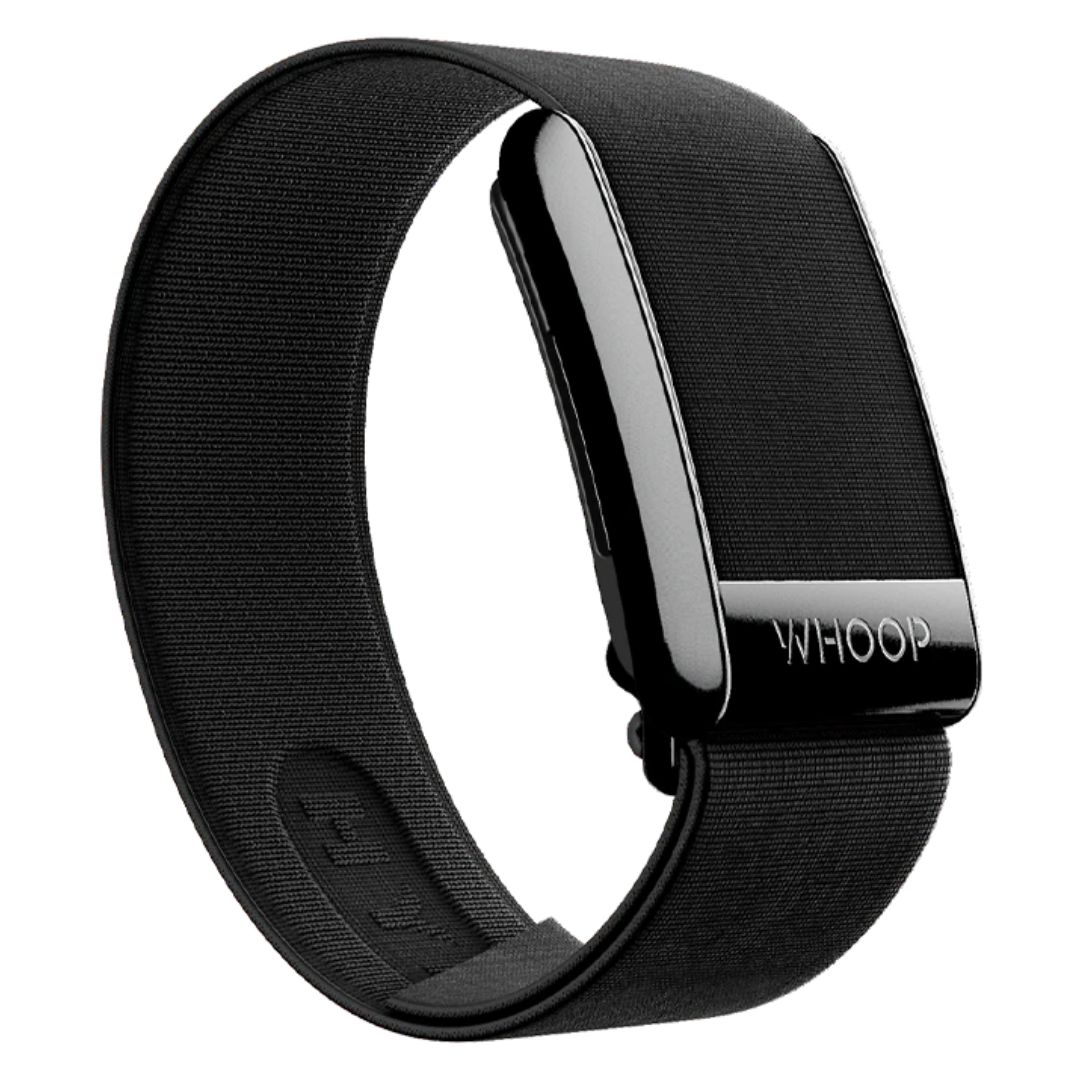
Last but by no means least, WHOOP is one of the most advanced screenless band trackers on the market. It works in a similar way to the OURA in that it sends all of your stats directly to your device, rather than showing them on a screen on your wrist.
"WHOOP have long been hailed as the fitness tracker of all fitness trackers, with celebrities and athletes alike swearing by their stats (we’re looking at you, Tom Daley). But it’s slightly different to other competitors. How? Well, it continuously collects data about everything from your recovery, to training, to sleep, to stress, versus other wearables that collect data during workouts and shut-eye."
"You have to wear it for a few weeks before it starts feeding back your data, but I've never had more insight into my overall fitness levels, recovery score, and so on, and it was very accurate when cross-referenced with my Garmin." - Ally Head, Senior Health Editor








